Imagine reading this sentence just a few months ago: You can build a multistage rocket in the new Legend of Zelda. TEARS OF THE KINGDOM takes place after the calamitous events of BREATH OF THE WILD, in a Hyrule strewn with caches of fresh building supplies. Following the opening events of the new game, it’s also strewn with wacky magic-powered devices—remnants of an ancient but advanced civilization including wheels, gliders, cannons, and, yes, even rockets. Every piece is fodder for a new mechanic called Ultrahand, which allows Link to attach any two objects in the world with magic glue, and by now you may have seen the results on your social media feeds in clips of cobbled-together cars, aircraft powered by explosions, and even walking mechs.
At times, it hardly looks like a Zelda game. This is one of Nintendo’s flagship franchises, one that deals in sweeping orchestral scores and hard-bound lore bibles—one that evokes grandiose adventure fantasy by its very title. BREATH OF THE WILD’s story ended with the Princess looking out over the swaying grasslands of Hyrule Field, vowing to restore her kingdom to its former glory, “perhaps even beyond.” She couldn’t have had automatic monster-killing drones in mind, right?
Ultrahand is, at once, an unprecedented departure and a tidy encapsulation of where The Legend of Zelda franchise has been headed—the ultimate expression of BOTW’s rebooted story and open-ended design principles. The series’ first entry on the Nintendo Switch discarded a decades-old formula of thoughtfully designed dungeons gated behind linear story checkpoints, instead presenting an open world with few hard boundaries and fewer prescribed puzzle solutions. The visuals and music reinforced the design messaging: as you crawled the mossy ruins of a long-abandoned Hyrule, the epic symphony themes of past games were nowhere to be found, replaced by ambient piano better suited to a world where you only occasionally happen on NPC wanderers and small settlements.
The refresh was a wild commercial success; BOTW outsold every other Zelda game by over ten million copies, drawing in a massive new player base. As a direct sequel, TEARS OF THE KINGDOM already looks poised to take second place in sales, and its narrative mirrors that real-world dynamic. As always, the main plot centers on Link and Zelda’s fight to save the world from evil, but in the background, a huge cast of new NPCs works to reclaim the land of Hyrule from decades of rot. Foundations for new houses pepper the former site of Hyrule Castle Town, and the princess has hired contractors to travel the land laying down those caches of “Hyrule Restoration Materials.” That’s right: piles of planks, beams, and wheels just waiting for Link to come along and slap them into the shape of a four-wheeler.
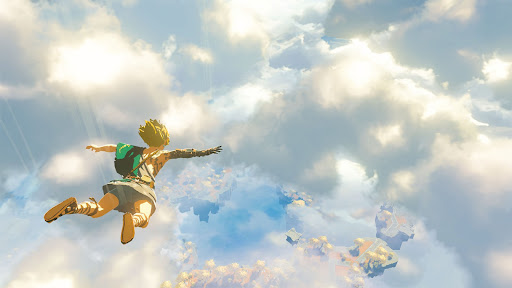
When you’re not building vehicles to travel around, you’re falling with style.
If BOTW reveled in isolation, TOTK is about connection. That works on a thematic level in the ways side quest objectives support the fledgeling kingdom, and it’s also literal; whether you’re physically moving NPCs from point A to point B in the open world, repairing their broken horse carts, or crafting your own vehicles to cross difficult terrain and satisfy your sense of adventure, your primary puzzle-solving tool is the power to join two components together. Technical director Takuhiro Dohta alludes to this in one developer interview, saying “what’s unique [about TOTK] is joining hands and cooperating with various characters, and at times, creating items with Link’s own hands and utilizing them as you progress.” All of this makes building with Ultrahand a brilliant case of what you could call ludonarrative resonance—the harmony of story and game mechanics.
But by building, you’re not just symbolically joining in the restoration of Hyrule; you’re also helping to redefine what ZELDA represents philosophically. In a video essay for Polygon, Patrick Gill talks about the series’ shift from linear stories to open-ended sandboxes in the terms of creating a more conversational relationship between game developers and players. “The old [pre-BOTW] structure did allow the designers to speak directly to the player. In every dungeon and puzzle and battle, you could feel their intent and their vision,” he says. “…The designers’ vision is still there in the tools they’ve handed you, in the intricacies of the AI and the world’s overlapping systems. And this time, they’re listening too.”
Just look at the way the game world reacts to Ultrahand builds: NPCs will duck and cover as your vehicles shamble past, and enemies like Lynels will even try to tear them apart. More fundamentally, the mechanic itself feels like a case of developers reacting to the innovative strategies players developed to manipulate BREATH OF THE WILD’s physics systems and get around the map easier. On YouTube, you can find instructional videos on how to improvise flying machines, or how to use bomb blasts and mid-air archery to propel Link at high speeds and great distances. Ultrahand feels like the designers saying, “Hey, instead of you cheating the laws of physics to launch yourself like a rocket, why don’t we just give you rockets?”
Tracing the origin of Ultrahand, TEARS OF THE KINGDOM director Hidemaro Fujibayashi hasn’t cited these particular player behaviors as sources of inspiration, but he has referenced his own experiments reshuffling pre-existing game assets like planks and spinning cogs to see if he could build a tank. If the designers weren’t directly influenced by players’ creations, they were at least thinking about The Legend of Zelda in the same way players were, encouraged by the way BREATH OF THE WILD’s expansive sandbox made them want to experiment and push the limits of its systems.
By spinning vehicle-building into a full-fledged game mechanic, the developers turn every in-game encounter into a design prompt for the player. In BREATH OF THE WILD, enemy fortresses and barricades just felt like obstacles to get around. In TEARS OF THE KINGDOM, when you see a band of monsters riding to battle atop a giant stone Talus, it’s more like an invitation to think like the developers and craft a siege engine of your own. In the early game, you can best hear the conversation between designers and players in the first boss fight of the Yiga Clan sidequest: as it goes on, the enemy vehicle grows larger and more complex in response to your attacks.
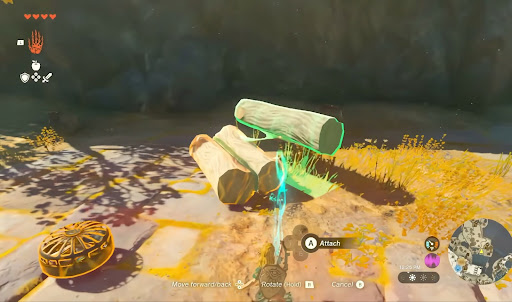
Ultrahand makes just about anything connectable to anything else.
Ultrahand-assembled structures and vehicles unfortunately disappear if you get too far away from them, or if you save and reload your game (though you can replicate them through the complementary Autobuild power, provided you’re willing to spend your collectable resources). This makes building materials feel disposable, but it also means that TOTK keeps you in a constant state of rebuilding—if each build lacks lasting significance, it’s also joyously low-stakes. That enables the unexpected silliness of a game I feel compelled to remind you is titled TEARS OF THE KINGDOM. Though the story is full of truly heart-wrenching character beats, Ultrahand knowingly allows for some of the most ridiculous gameplay of any Zelda game—if you want it.
Dohta explains it like this: “By placing the ‘attaching’ feature at the center of the gameplay, I think we have created a mechanism that meets the needs of both those who want to create something elaborate and those who only want to do the bare minimum needed in order to progress.” In other words, if you want to build a simple three-log raft to explore the seas to Hyrule’s east, you can do that. Or if you’d rather sail a giant fish-killing paddle wheel monstrosity, the likes of which Zelda has never seen, you can do that too.
Games like MINECRAFT and GARRY’S MOD have worked in this lane for years, but for The Legend of Zelda, it feels revolutionary, even beyond what BREATH OF THE WILD accomplished. On the corporate side, Nintendo is still as precious with the Zelda IP as they’ve ever been, and just as draconian in dealing with fan projects and piracy. They’ve kept their Disney Vault approach to the series’ older titles, occasionally dropping pricey rerelease packages, or—perhaps even worse—distributing them to new consoles through online subscriptions. On the level of game design, though, TEARS OF THE KINGDOM offers players a new level of agency over the series’ tone and even the future of its game mechanics.
With tons of costume pieces from past Zelda games scattered across Hyrule’s treasure chests and more classic soundtrack cues than its predecessor, TEARS OF THE KINGDOM reaps the rewards of the series’ rich legacy. But with Ultrahand, the designers signal once again that they’re not just interested in reclaiming former glory—in a concrete, mechanical sense, they’re giving players the means to make something new. There’s no more elegant metaphor than the building blocks TOTK spreads out in front of you—a handful of ancient devices and a whole lot of fresh new wood to glue them to.



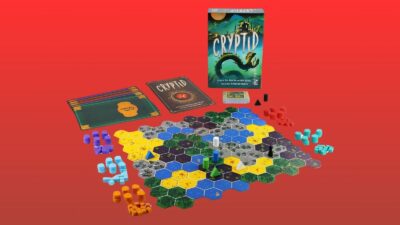
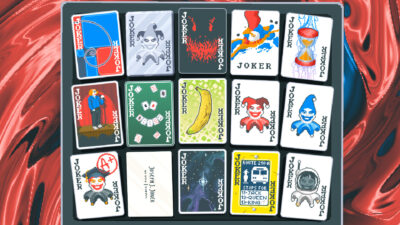
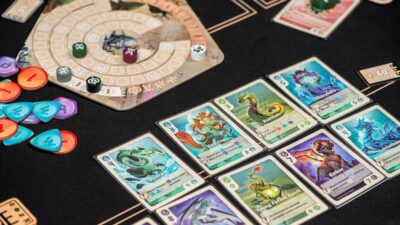

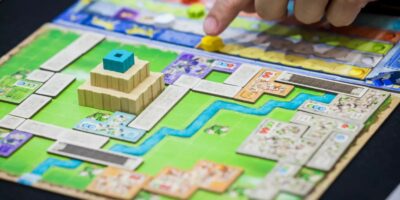
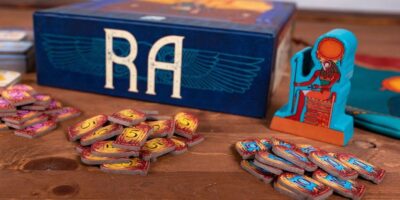

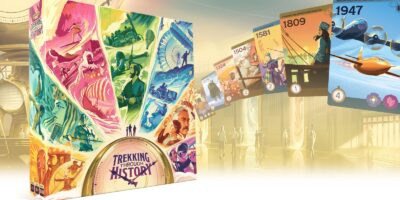



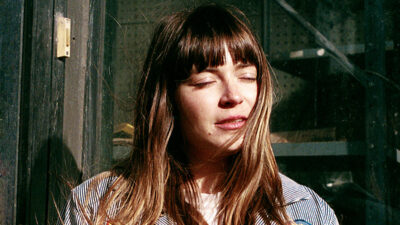

Comments